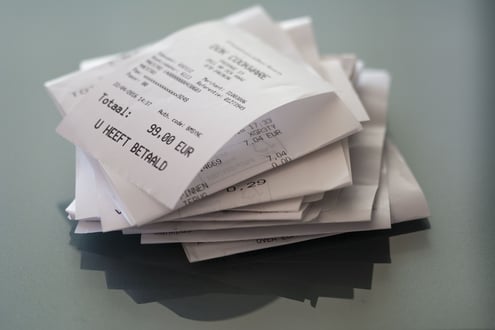

Starting any business requires a cyclic purchase of assets that would eventually turn in profit. Holding and protecting your precious trade working capital is paramount.
Good purchasing practices are fundamental because if you don’t know exactly what you bought, received and sold, you can’t control spending.
At the beginning, your company might transact at a low enough volume that you can track purchases in your head, on credit card statements, or with just a few notes. But as volumes grow, you’ll need systems to track purchasing.
Here are some tips for starting off on the right foot:
Get a good accounting program, configure it thoroughly, use it, and keep it up-to-date with how your business runs. You might also consider outsourcing accounting.
Record purchases using purchase orders, or at a minimum, record what items you buy in a clean Excel spreadsheet. Set up item (SKU) numbers for products you produce or buy frequently to help make purchase orders easier to write and analyze.
When you receive products from vendors, record those receipts as being connected to the original purchase order, noting any discrepancies.
When you receive an invoice or bill, check it against both what you ordered and what you received so you’re sure to pay the correct amount. A best practice would be for different people to complete each of these transactions (ordering, receiving and paying) to ensure accuracy and reduce the chance of fraud.
Learn more tips for food start-ups in LIDD’s eBook Secrets Behind Successful Food Startups: Five Operational Infrastructure Tips You Need to Know.


